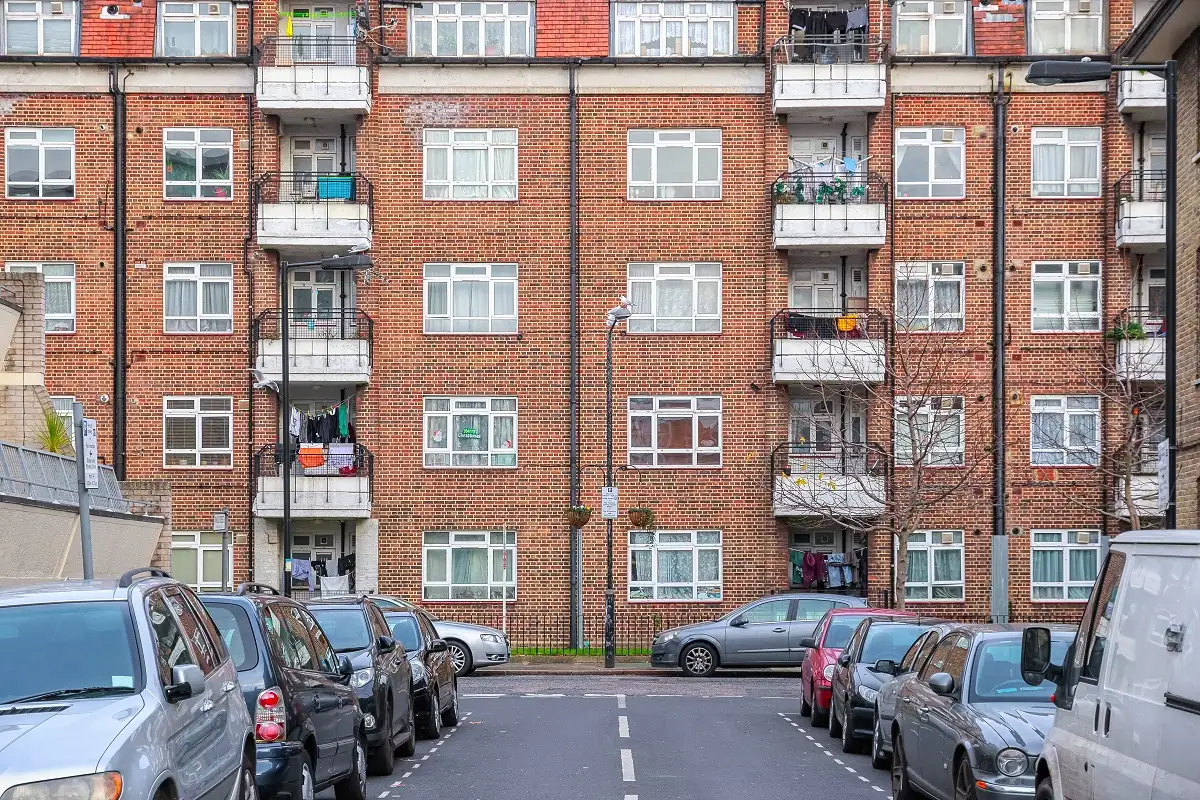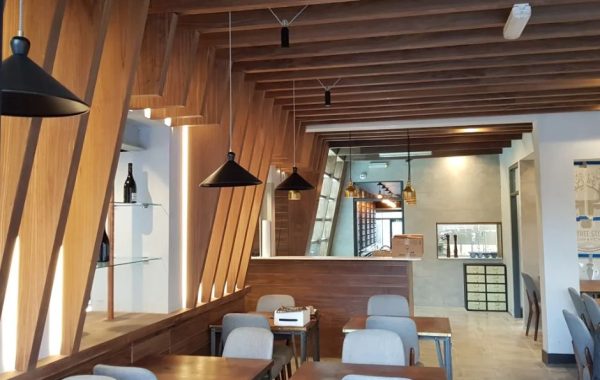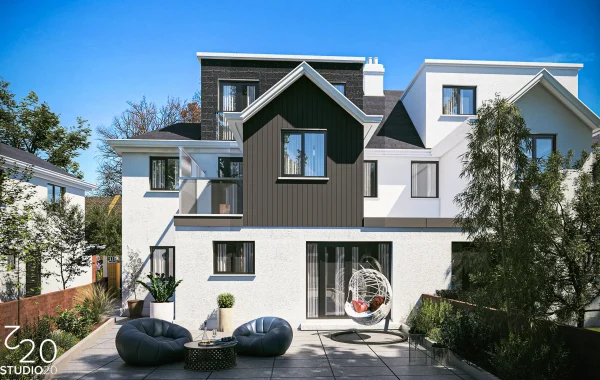The Allure of Islington Lower Holloway Basement Conversions
Islington Lower Holloway, nestled in the vibrant heart of London, boasts a rich history and a blend of modern and Victorian architecture. In recent years, homeowners in this bustling borough have been captivated by the allure of basement conversions, seeking to unlock the hidden potential beneath their properties. This article explores the fascinating trend of Islington Lower Holloway basement conversions, delving into the motivations, processes, and the transformative impact on both lifestyle and property value.
Before we delve into the subterranean transformations, let’s appreciate the historical charm that defines Islington Lower Holloway. With its quaint streets, Victorian terraces, and an eclectic mix of shops, restaurants, and green spaces, the area has long been a sought-after location for those looking to balance urban living with a touch of character.
The decision to embark on a basement conversion in Islington Lower Holloway is often motivated by a variety of factors. The scarcity of available space in London’s property market prompts homeowners to look within their own homes for expansion opportunities. Additionally, the desire for more functional living spaces, such as home offices, gyms, or entertainment rooms, has fueled the popularity of basement conversions.
While the allure of creating additional space is enticing, basement conversions in Islington Lower Holloway, like elsewhere in London, come with their set of challenges. Strict planning regulations, especially in conservation areas, necessitate careful consideration of design, preservation, and community impact. Homeowners must navigate a complex web of permissions, ensuring compliance with building regulations and preserving the architectural integrity of their homes.
The architectural landscape of Islington Lower Holloway basement conversions is a canvas for creativity and innovation. Architectural firms and design experts collaborate to seamlessly integrate the new space with the existing structure, ensuring a harmonious blend of old and new. The challenge lies in maximizing natural light, ventilation, and creating a space that doesn’t feel subterranean, but rather an extension of the home’s personality.
Beyond the structural changes, Islington Lower Holloway basement conversions offer a significant improvement in lifestyle. Homeowners relish the luxury of a dedicated workspace, away from the hustle and bustle of the main living areas. Fitness enthusiasts can design bespoke gyms, while cinephiles create state-of-the-art home theaters. The newfound spaces cater to the evolving needs of modern living, making every square foot a testament to functionality and luxury.
In a city where property values are a crucial consideration, Islington Lower Holloway basement conversions can significantly enhance the overall worth of a home. The additional square footage, when designed and executed well, contributes to the property’s desirability and market appeal. The investment in a basement conversion not only serves immediate needs but also becomes a long-term asset in the ever-competitive London real estate market.
Despite the allure, basement conversions are not without challenges. Issues such as dampness, ventilation, and structural integrity must be addressed diligently. Homeowners often find themselves working closely with experienced contractors and structural engineers to mitigate these challenges, ensuring that the transformation is not only aesthetically pleasing but also safe and sustainable.
In tight-knit neighborhoods like Islington Lower Holloway, any home improvement project can have a ripple effect on the community. It is imperative for homeowners to communicate transparently with neighbors, addressing concerns and collaborating to minimize disruptions during the conversion process. Shared spaces and communal gardens may require special attention, emphasizing the need for a balanced approach that benefits the entire community.
Islington Lower Holloway basement conversions represent a fascinating trend that embodies the spirit of urban adaptation and modern living. As homeowners navigate the complexities of planning, design, and execution, they are not merely adding square footage but weaving a new chapter into the fabric of this historic borough. The allure lies not only in the tangible benefits of additional space and increased property value but also in the opportunity to shape and enhance the character of this vibrant London community.





